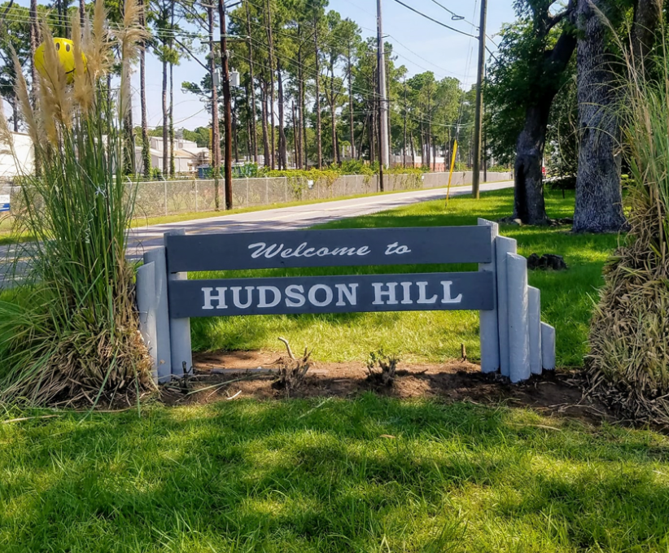SSLS Blog Post: Noelle Lambert
Oct 21, 2021
My name is Noelle Lambert, and I am a rising third-year student at Georgia Tech. My majors are public policy and economics with a concentration in environmental and energy policy, so when I learned about an opportunity at the Center for Serve-Learn-Sustain, my interest was immediately piqued. Sure, I had taken classes familiarizing me with the principles of sustainability and how environmental justice influences policy, and vice versa, but potentially being involved with the tangible implementation of sustainability through technology was another thing altogether.
I wanted to focus my work on how technology impacts communities and why the technology even exists.
Sea level rise is an increasing threat every day as industries pollute more, individuals consume more, and decision makers continuously fail to take adequate action. However, given my background and passion for analyzing the practical effects that policy decisions have on marginalized populations, I wanted to focus my work on how technology impacts communities and why the technology even exists.
It quickly became clear to me that the Smart Sea Level Sensors are a highly important aspect of disaster preparedness and resilience. Savannah, Georgia is at the intersection of several pressing challenges: the issue of sea level rise exacerbated by global warming, natural disasters like hurricanes and intruding pollution from neighboring industries, shortages of quality food and affordable housing… the list goes on. I knew I could play a small, but potentially valuable role in helping with Savannah’s challenges. My supervisor, Allen Hyde, helped me better understand the issues at hand and hone in on specific work to be done.

The first piece of my work was understanding the social, economic, and environmental context of the area. I have worked closely with Allen, Nick Deffley, and Meaghan McSorley on the Community Engagement team to create and provide resources for the Harambee House, the first of which was a condensed version of the Community Profile Report of the Hudson Hill Community. The document serves as an in-depth resource for local actors like government agencies and nonprofits to analyze the potential impacts of policy decisions. My job was to examine this document to create a more accessible resource for community members, as well as decision makers to contextualize the area to create impactful policy. The most important facts and narrative based information were prioritized and organized into: social, environmental, housing, transportation, and health categories.
My biggest takeaway from this task was truly understanding objectives beyond checking a box. Sure, it may have taken a few hours to skim through the entire report and pick the most seemingly notable statistics. But, if the audience is a member of the neighborhood picking up a flyer, a local member of the city council reading a policy memo citing research, or a student perusing the SSLS blogs, each word matters. Savannah lies at the center of several historical and deeply systemic problems, but it is also a beautiful community. It has experienced poverty, chemical runoff, and food deserts, but also is the home to a plethora of churches, community centers, home-owning families, and frequently used public transportation systems. Those statistics are just as important.
After the community profile, my team and I began to focus on the health assessment: identifying academic resources connecting the major pollutants emitted by industrial plants in the Hudson Hill area to negative health ailments. My research started out very broad: I simply tried to compile as many papers as I could that maximized the number of pollutants and the number of ailments. From there, I cut down my list prioritizing concise yet informative sources, organizing them by strength of link and length. My final deliverable was a literature bibliography explaining different concepts like each chosen pollutant and ailment and exposure range, and organization, a bulleted explanation and analysis of each source, and a final table of all of the data compiled.
While my contribution to the health assessment did not include research on specifically the Savannah area, it is important to look at general sources connecting pollutants and their effects on a population. And, just like the community profile report, the health assessment can be used by many different actors for many different purposes. Sometimes, the condensed version of a lot of complicated information can be even more helpful than hundreds of pages of equally important research, but in complicated and inaccessible verbiage.
Overall, my work with the Smart Sea Level Sensors Community Engagement team was enriching largely due to my team. My team helped me with any questions I had, and encouraged me to take a task and run with it. If I had a different idea about how to complete a project, or even ideas about their own projects, that kind of creativity was encouraged. And this is an idea that Georgia Tech proliferates in other research and general studies.

Be the first to comment!